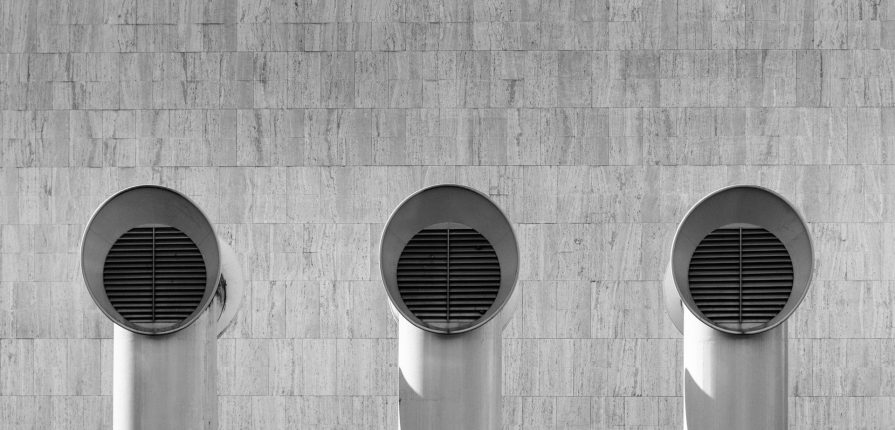Why Duct Cleaning is Necessary
Harmful Risks Brought by Dirty Ducts to Your Health. The average American spends a lot of time inside their homes. Because of people’s huge dependence on technology and electricity, it follows that many live their lives within the walls of a property.
Due to this, people are constantly faced with the risks of dirty indoor air. Poor indoor air quality is a serious issue that can lead to various health problems. Read on and learn about these common health conditions influenced by dirty ducts inside a building and why you should pay attention to regular home duct cleaning.
Dirty air ducts can have a negative impact on your indoor air quality, which can lead to various health problems. Here are some harmful risks that can be brought by dirty ducts to your health.
Harmful Risks Brought by Dirty Ducts to Your Health
Respiratory infections If your air ducts are dirty, they can also circulate harmful bacteria and viruses throughout your home. This can increase your risk of developing respiratory infections, such as colds, flu, and pneumonia. Aggravation of existing health conditions: If you or a family member already has a respiratory condition, such as asthma or COPD, dirty air ducts can make it worse and lead to more frequent attacks.
It’s important to have your air ducts cleaned regularly to prevent the buildup of dust, dirt, and other harmful particles. By doing so, you can improve your indoor air quality and reduce the risk of health problems associated with dirty air ducts.
Allergies
A big population of bacteria, moulds, and parasites live inside your ducts and may be the culprit behind your unrelenting allergy attack. In addition, pollen, dust mites, and other particles that can accumulate inside ducts can also trigger a wide range of allergic reactions. To prevent this from happening, it is best to have your ducts cleaned on a regular basis.Asthma
People with asthma need to pay attention to their living and working spaces since many factors can easily trigger their condition. If you have asthma and observe that the symptoms get worse whenever you are inside your home, it may be because of dust and microbial life sheltered inside your ducts. To stop your condition from getting worse, regularly change your filters and clean your ducts. You may also consider installing an air purification system to improve your indoor air quality.Fatigue
Long-term exposure to toxic mould species can cause cognitive issues in humans. If you start struggling with brain fog, chronic fatigue, mood changes, insomnia, or memory problems, you may want to get your ducts checked and cleaned. Regular and comprehensive cleaning of ducts inside your home or office is a cost-effective way to protect yourself and other occupants from developing cognitive issues that can develop into serious conditions. We also recommend visiting a health professional immediately to address any condition you are already experiencing.Other Respiratory Issues
Skipping regular air duct cleaning allows dirty ducts to continuously circulate polluted air throughout your living space. This just means that every breath you take can be an opportunity for harmful microscopic particles to enter your body. This phenomenon often leads to various infections in your lungs and causes mild to severe respiratory conditions. Some common respiratory issues linked to dirty ducts are:- Congestion
- Breathing difficulty
- Persistent coughing
- Sore throat











